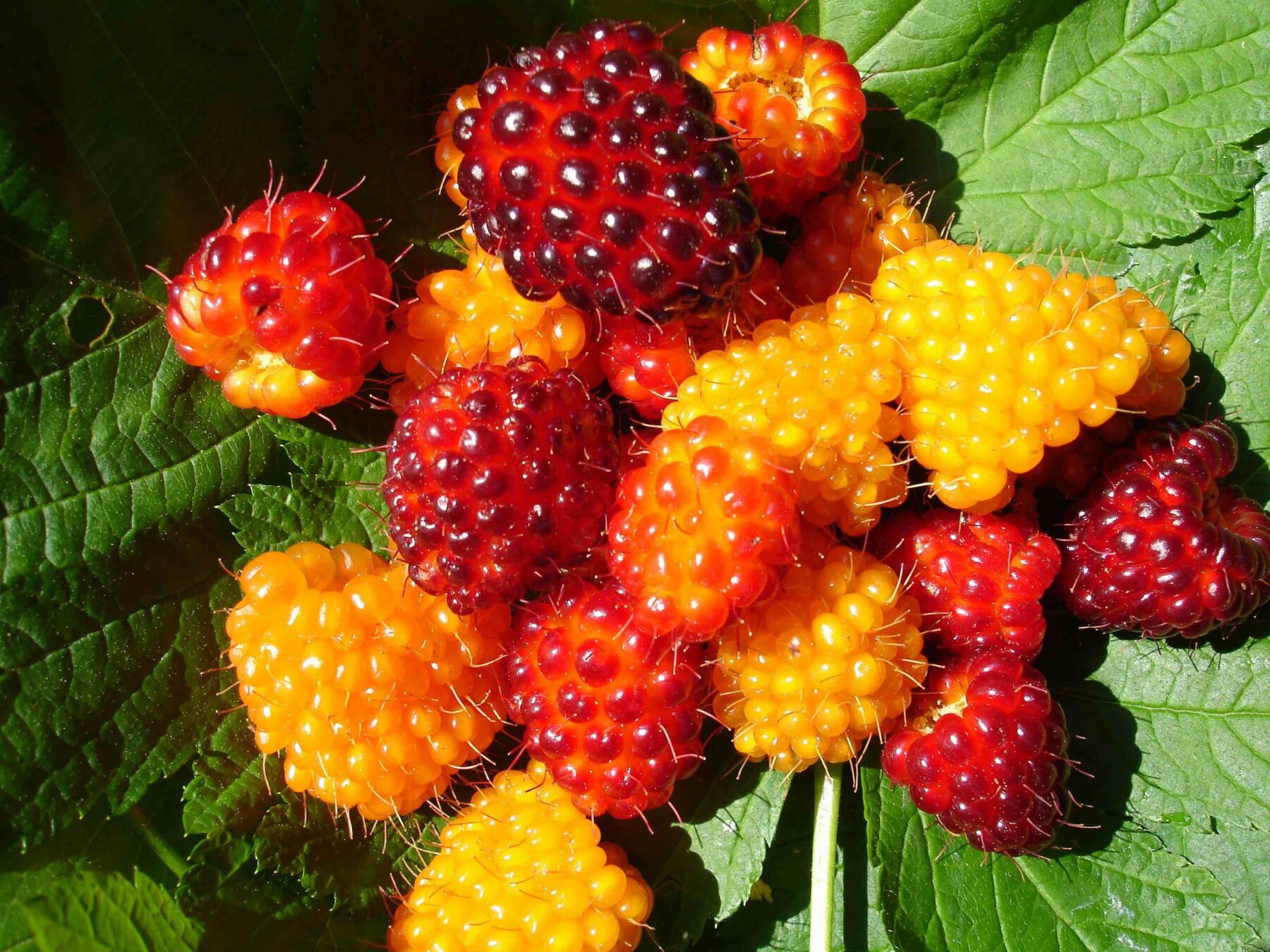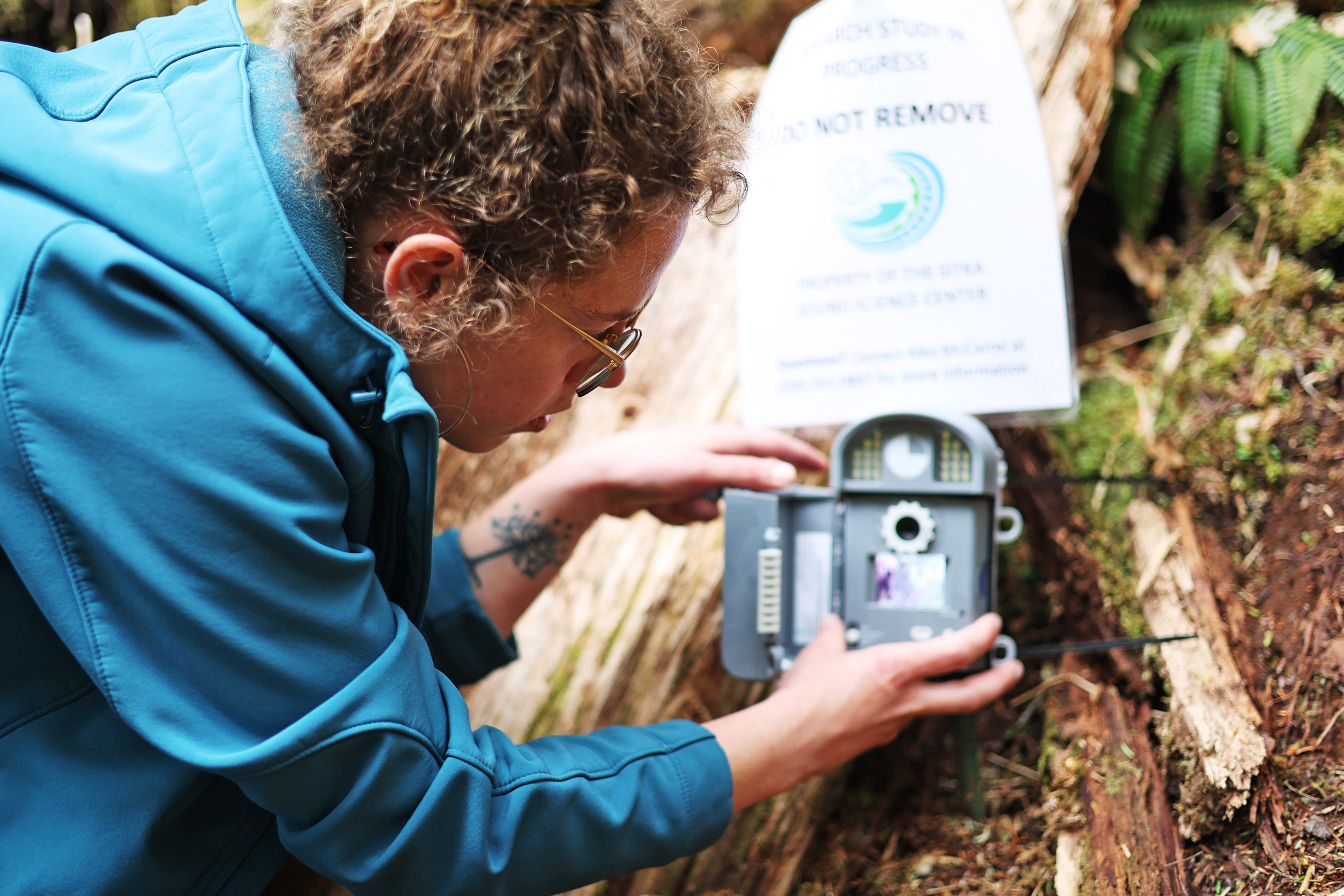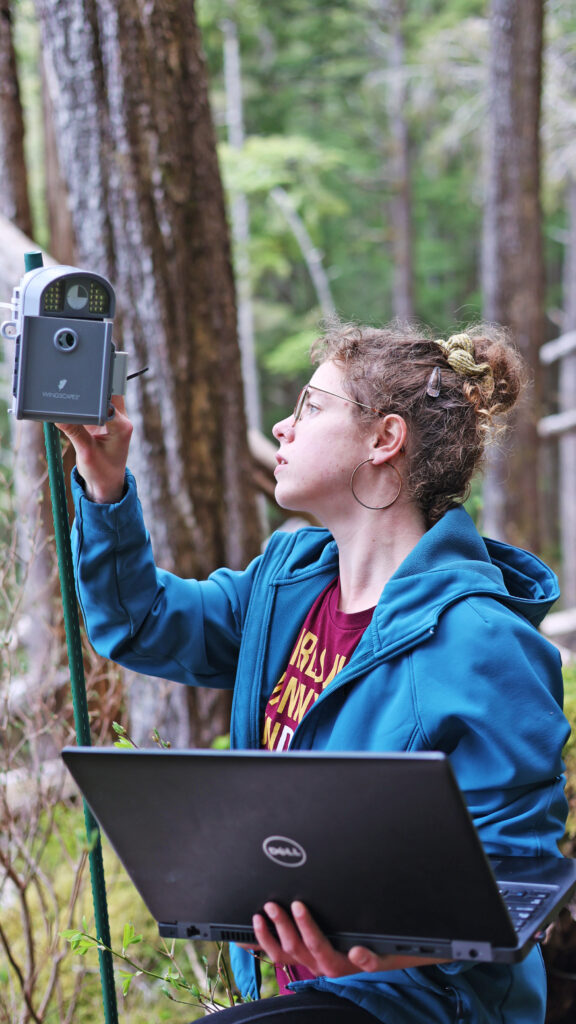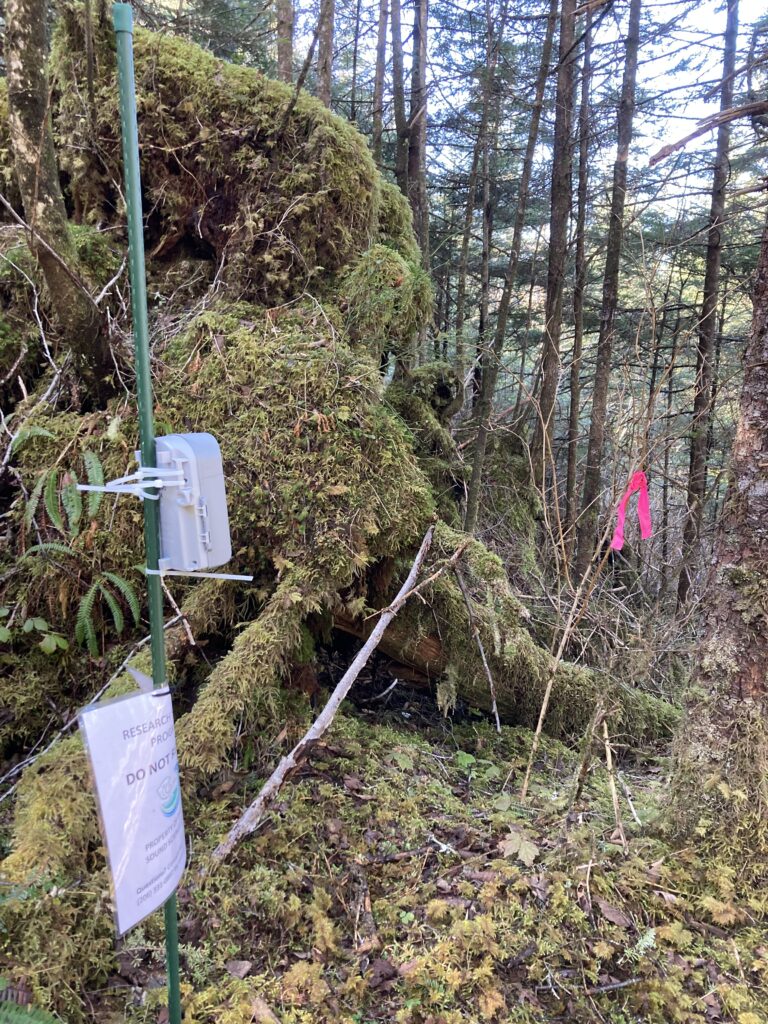
Climate change impacts Southeast Alaska in a variety of ways. In recent decades, we have experienced increases in heavy rain leading to flooding, snowfall variations, and warmers springs. One consequence of a changing climate is the shifting phenology (aka the timing) of wild berry production.
What happens if this food source is threatened by a rapidly changing environment?
As our climate transforms, changes in berry production can potentially disrupt ecological functions, as well as cultural practices. Wild berries are valued as a traditional food source for Alaska Natives and the act of picking berries is an important recreational activity in rural Alaska. Berries are also a critical food source for numerous wildlife species and for communities lacking access to local fresh fruits and veggies. Anecdotal evidence and scientific studies also suggest that a changing Southeast Alaskan climate creates anxiety regarding the abundance and quality of berries accessible for residents.
Given climate models, it appears likely that berry availability will shift in our lifetime. This project was developed in response to growing concerns from tribal representatives from natural resource departments in Southeast Alaska. Conducting science that reflects community needs and interest, the project aims to address the following questions:
1. What is the local variation in berry production and phenological timing in Sitka, Alaska?
2. What factors affect plant growth and berry production?
In partnership with the USFS’s Forest Inventory and Analysis Program, the phenology of salmonberries, oval-leaf blueberries, and huckleberries are being monitored. Citizen science, climate monitoring technology, and remote game cameras are being used to track berry development. With multiple cameras placed throughout Sitka, we have begun to collect visual data to track year-round changes in berries and local microclimates that may affect their development.
Check out this recent article from KTOO about the berry project!




